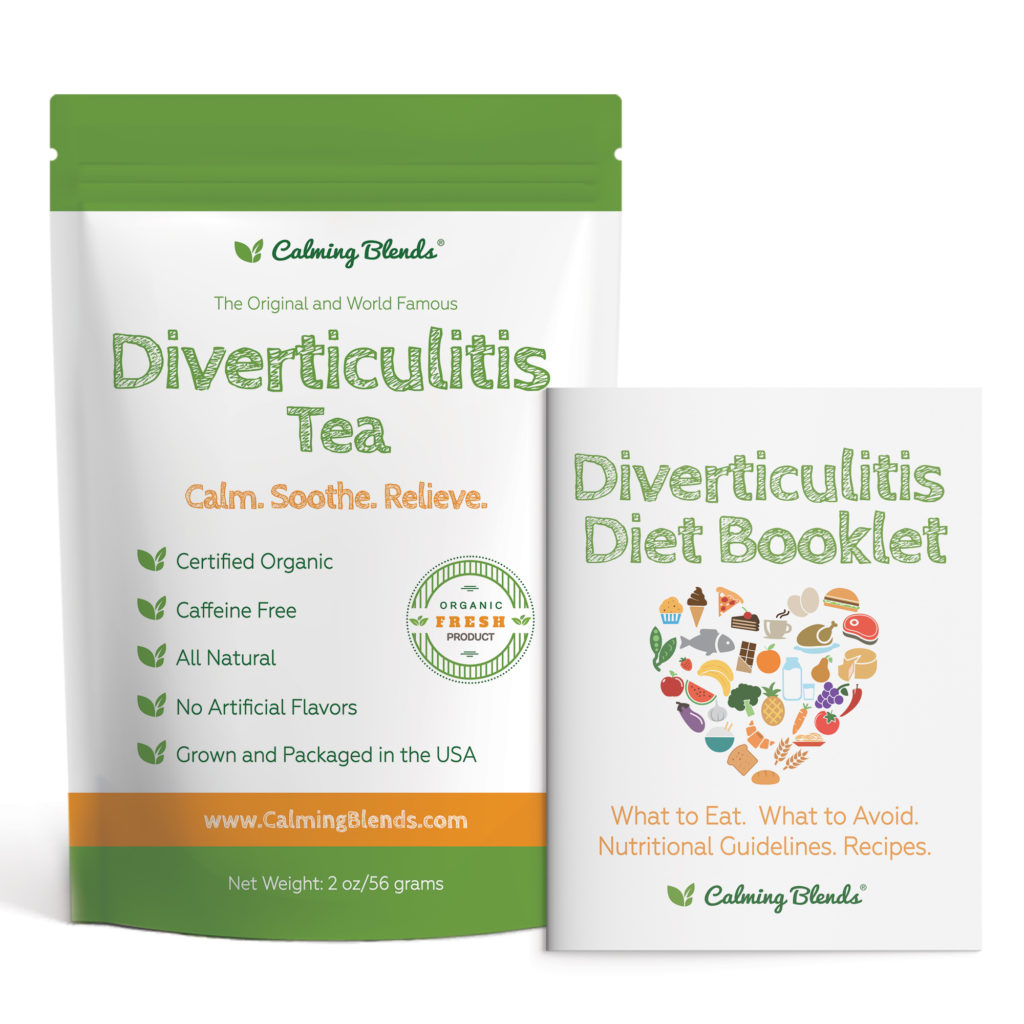Diverticulitis is a serious condition that can result in bothersome pelvic and lower back pain.
To fully grasp why diverticulitis can lead to pelvic and low back pain, one must first understand what diverticulitis is and how it differs from diverticulosis.
Diverticulosis occurs when the colon protrudes into “pouches” along weak spots in the colon wall, typically in the sigmoid colon, which runs left to right across the abdomen.
These pouches resemble balloons and are known as diverticula.1
Many individuals have diverticulosis without being aware of it. It is estimated that 50 percent of Americans over 60 and the majority of those over 80 have had diverticula.
Diverticulitis develops when the diverticula become infected or inflamed.
When full-blown diverticulosis develops, severe complications may occur.
Complications of diverticulitis
- Abscesses occur when pus accumulates in “pouches.”
- Perforations — tiny tears in the bowel walls that may eventually grow larger and allow bowel contents to leak into the abdominal cavity — are a common complication of colon cancer.
- Intestinal blockages caused by scarring prevent the passage of waste through the intestines; a complete blockage is a medical emergency requiring surgery. (This is significantly more severe than common constipation, which can also result in back pain.)
- An abnormal passageway between two organs. Typically, in diverticulitis, a fistula connects the colon to the bladder, small intestine, or vagina.
- Peritonitis, an infection and inflammation of the abdominal cavity caused by perforations in the bowel walls, is a medical emergency requiring surgery. Peritonitis causes severe abdominal pain that should not be ignored.
Symptoms of Diverticulitis
Diverticulosis frequently lacks symptoms. When diverticulitis develops, however, it can cause severe abdominal pain and tenderness, nausea, vomiting, a change in bowel habits, and cramping.
Diverticulitis Back Pain Symptoms
Back pain is another symptom of diverticulitis.
Since there are so many possible causes of lower back pain, it’s easy for a physician to overlook diverticulitis as a potential culprit.
Occasionally, the pain can spread to the scrotum, buttocks, hips, thighs, legs, shoulder, and even the neck. Clearly, this further complicates diagnosis.
Cases where diverticulitis causes back pain are more common among women and the elderly, or people whose immune systems are compromised.
When diverticulitis progresses to the point of back pain, the condition is typically more dangerous and difficult to treat.
Unfortunately, that sort of back pain can also arise from things like kidney stones or gallbladder problems, among many other things that aren’t related to the muscle strains and imbalances or orthopedic problems that usually cause back pain.
It can make it extremely difficult to diagnose and treat pain accurately.
Common treatment options of back pain caused by Diverticulitis
Your doctor will likely begin by ruling out the most obvious causes (such as strenuous exercise or an improper mattress) before moving on to less obvious causes.
Diverticulitis will likely manifest additional symptoms in addition to back pain (i.e., nausea, abdominal pain, vomiting, irritable bowel and others we discussed earlier).
And keep in mind that before diverticulitis develops, diverticulosis frequently goes unnoticed for years.
It is a rare case of diverticulitis (or diverticulosis) that causes only back pain and no other symptoms.
Consider requesting a referral to a gastroenterologist from your physician if your back pain is accompanied by other symptoms that indicate diverticulitis.
The gastroenterologist will likely perform a colonoscopy and additional tests to narrow down the causes and look for diverticulitis, diverticulosis, or other bowel conditions.
Other treatment options
Diet plays an essential role in managing diverticular disease. After an acute attack, it is generally advised to consume only clear liquids for a few days, then gradually introduce low-fiber foods. Also, try to keep a diverticulitis diet food journal in which you record your food consumption and symptoms in order to determine which foods trigger flare-ups.


